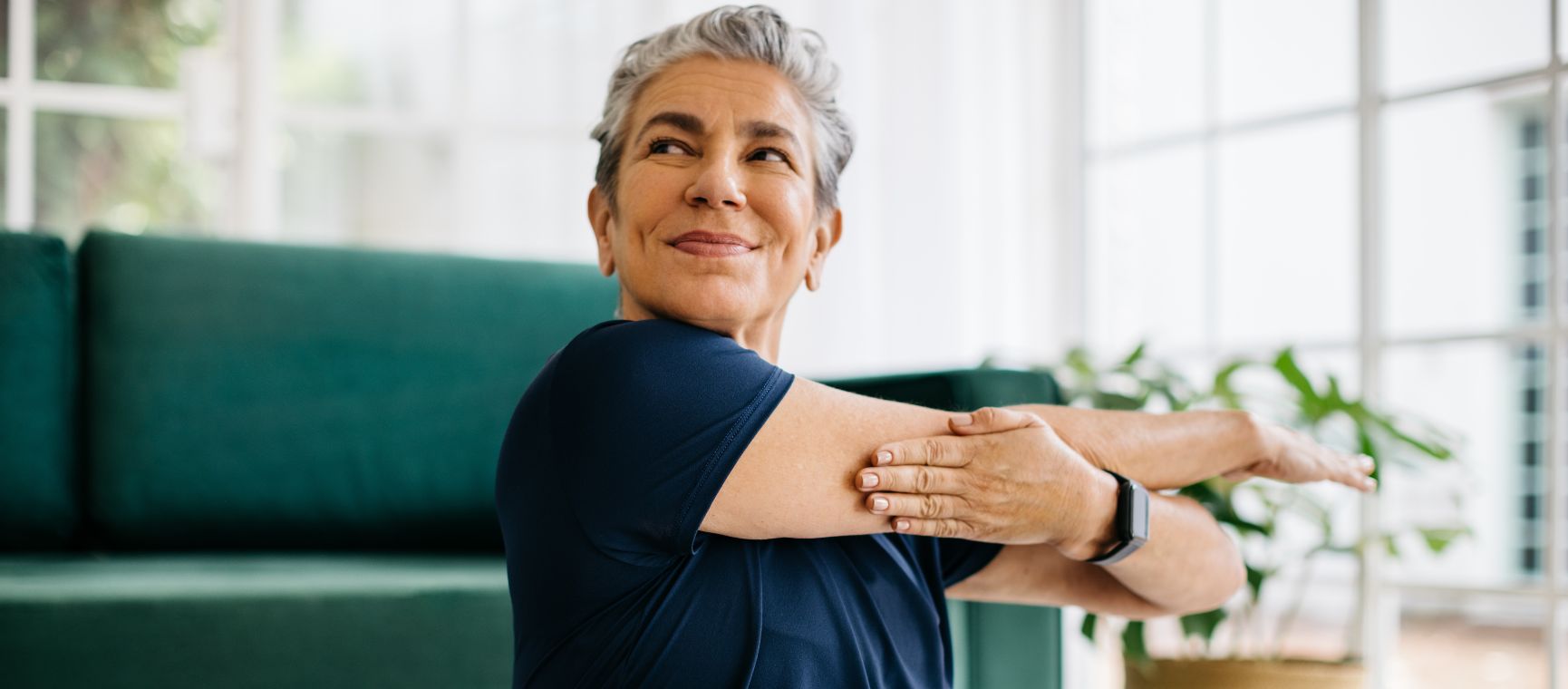
As we journey through our 50s, 60s and beyond, staying active becomes increasingly important for maintaining independence and quality of life. But how do you know if you're truly fit for your age?
According to the Mayo Clinic, one of the leading medical institutions in the world, the humble push up offers surprising insight into your overall fitness, particularly muscle strength and endurance.
Recent Mayo Clinic guidelines suggest that if you're over 55 and can complete 10 push ups (women) or 12 push ups (men), you're in excellent physical condition compared to your peers.
For those 65 and older, the benchmark becomes 10 push ups for both men and women.
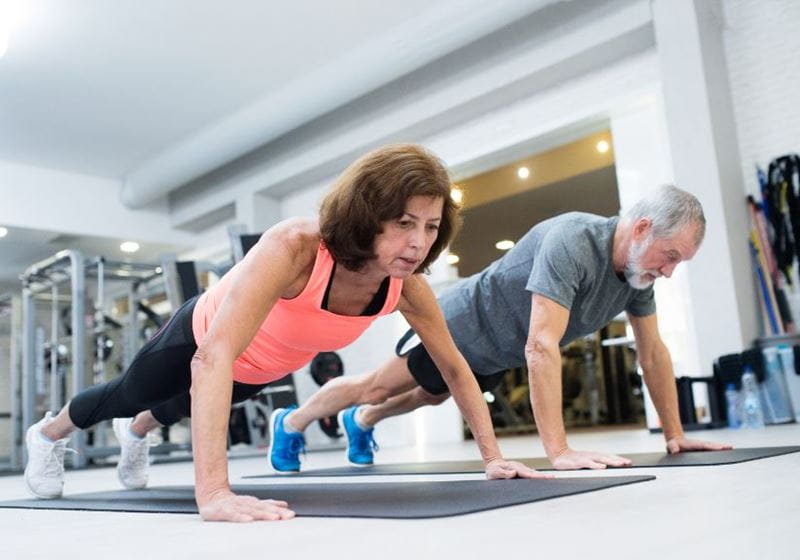
This simple, equipment-free exercise measures upper body strength, core stability, and overall fitness in a single movement.
Push ups work multiple muscle groups simultaneously, building crucial upper body and core strength that supports everyday activities like opening heavy doors or carrying shopping bags.
Your core muscles - including abdominals, lower back, and glutes - form a stabilising band around your middle that maintains proper posture, protects against back injuries, and during push ups, works to keep your body in a straight, proper position.
Start in a plank position with hands slightly wider than shoulder-width apart, fingers pointing forward, and weight evenly distributed. Lower your body until your chest nearly touches the floor, keeping your back straight and core engaged, then push back up.
Rosaria Barreto-Ellis, host of podcast How to Age Well, says if you have any conditions, such as arthritis or joint pain, it’s important to know exactly how to do a push up.
“I find that wrist and hand arthritis often affect push-ups, so proper hand alignment is crucial,” she says. “Tilting the fingertips outward or using fists instead of flat hands can help alleviate pressure on the wrists and reduce pain.
"Additionally, reducing the number of repetitions and the depth of the press-up at first can allow the individual to ease into the movement without overloading the joints.”
If you struggle with original push ups, Sam Palmer, a menopause fitness and lifestyle expert, says there are alternatives.
"Wall push ups are a great starting point,” says Sam. “The tension can be increased by adding a resistance band around the shoulders.”
Alternatively, she says an incline push up, using a kitchen work top or the back of a sofa, also helps reduce load, which will help if you suffer with wrist pain or lack of upper body strength.
The good news is that push up ability can be improved at any age with consistent practice. “If someone wants to work towards full push-ups, they absolutely can,” says Sam. “Strength builds over time with the right approach.”

Away from push ups, Rosario says that plank holds are a great way to get your strength up.
“This helps improve core stability and overall body alignment, which is key before progressing to more complex movements like push-ups,” she says. “Additionally, prioritising posture and alignment in these initial exercises can set a solid foundation for more advanced movements.”
While they are a good body strength exercise that you can do without any equipment, push ups may not be the best indicator of how well you are ageing. Yes, they are a good sign of strength, but Sam doesn’t believe they are always a fair measure, as factors like previous injuries, joint health and individual body composition can significantly impact performance.
“I’ve coached plenty of strong, fit women in their 60s who prefer alternative movements for upper body strength,” she says. “Push-ups require not just arm strength but also core control, wrist and hand comfort, plus and the ability to hold a plank position, which aren’t always realistic for everyone.”
Rosaria believes there are other exercises that can be a better indicator of how good your fitness is.
“Other strength markers, such as grip strength or chair stands, are more relevant because they provide a better assessment of daily functional abilities, like the ability to lift objects or stand up from a seated position, which are more indicative of overall physical health and longevity and ultimately impact daily activities much more,” she says.
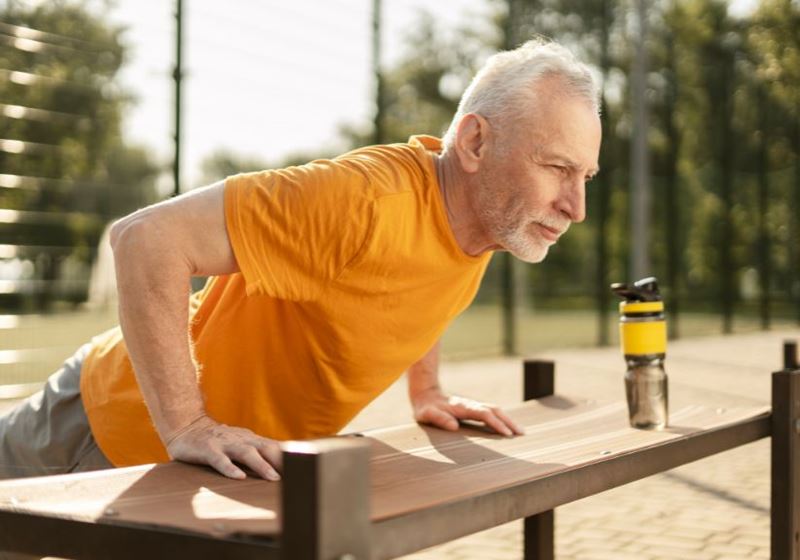
“I talk to my clients who struggle with the idea of regular exercise classes, about movement snacks - short bursts of exercise that fit into daily life,” says Sam.
“These little moments add up to 20 plus minutes of movement per day and they feel completely different from having to schedule a workout.”
She says that instead of trying to fit in a full-on workout, you can incorporate exercise into every day. Some examples she suggests are:
While the push-up test provides one benchmark for measuring fitness as you age, what truly matters is maintaining functional strength that supports your independence and daily activities.
Whether through modified push-ups, alternative exercises, or simple ‘movement snacks,’ building strength consistently is what will help you age well and maintain quality of life for years to come.
Jayne cut her online journalism teeth 24 years ago in an era when a dialling tone and slow page load were standard. During this time, she’s written about a variety of subjects and is just at home road-testing TVs as she is interviewing TV stars.
A diverse career has seen Jayne launch websites for popular magazines, collaborate with top brands, write regularly for major publications including Woman&Home, Yahoo! and The Daily Telegraph, create a podcast, and also write a tech column for Women’s Own.
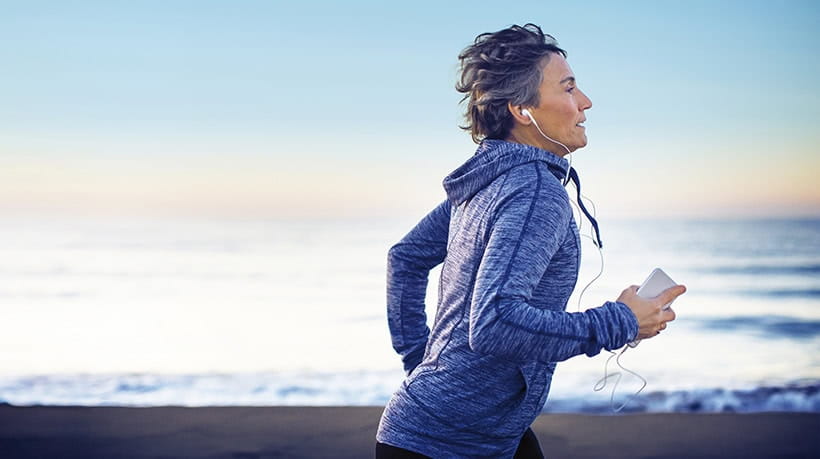
Health insurance for people over 50 that provides a quicker route to diagnosis and planned medical treatment in a private facility.
Underwritten by Bupa Insurance Limited.
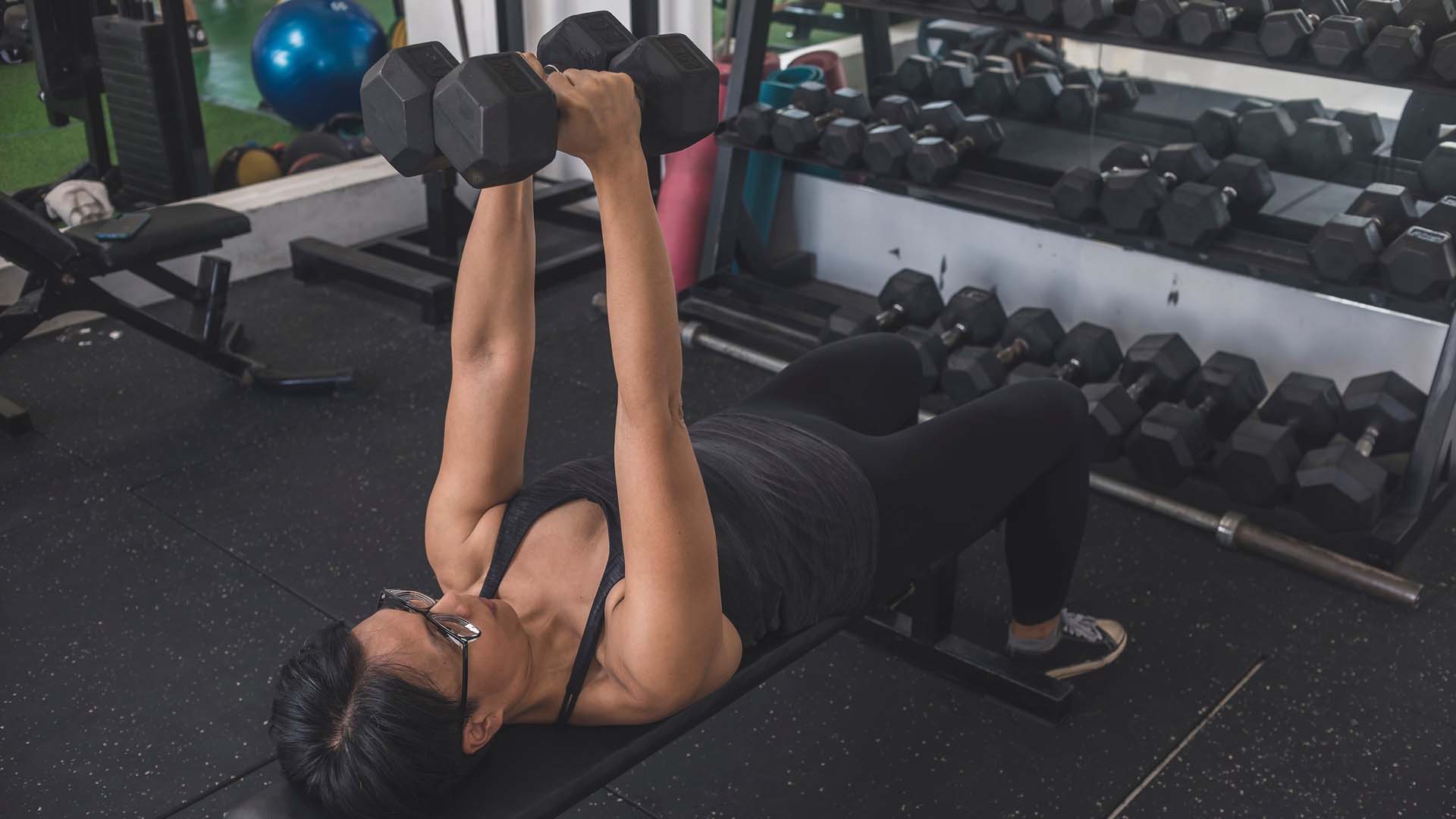

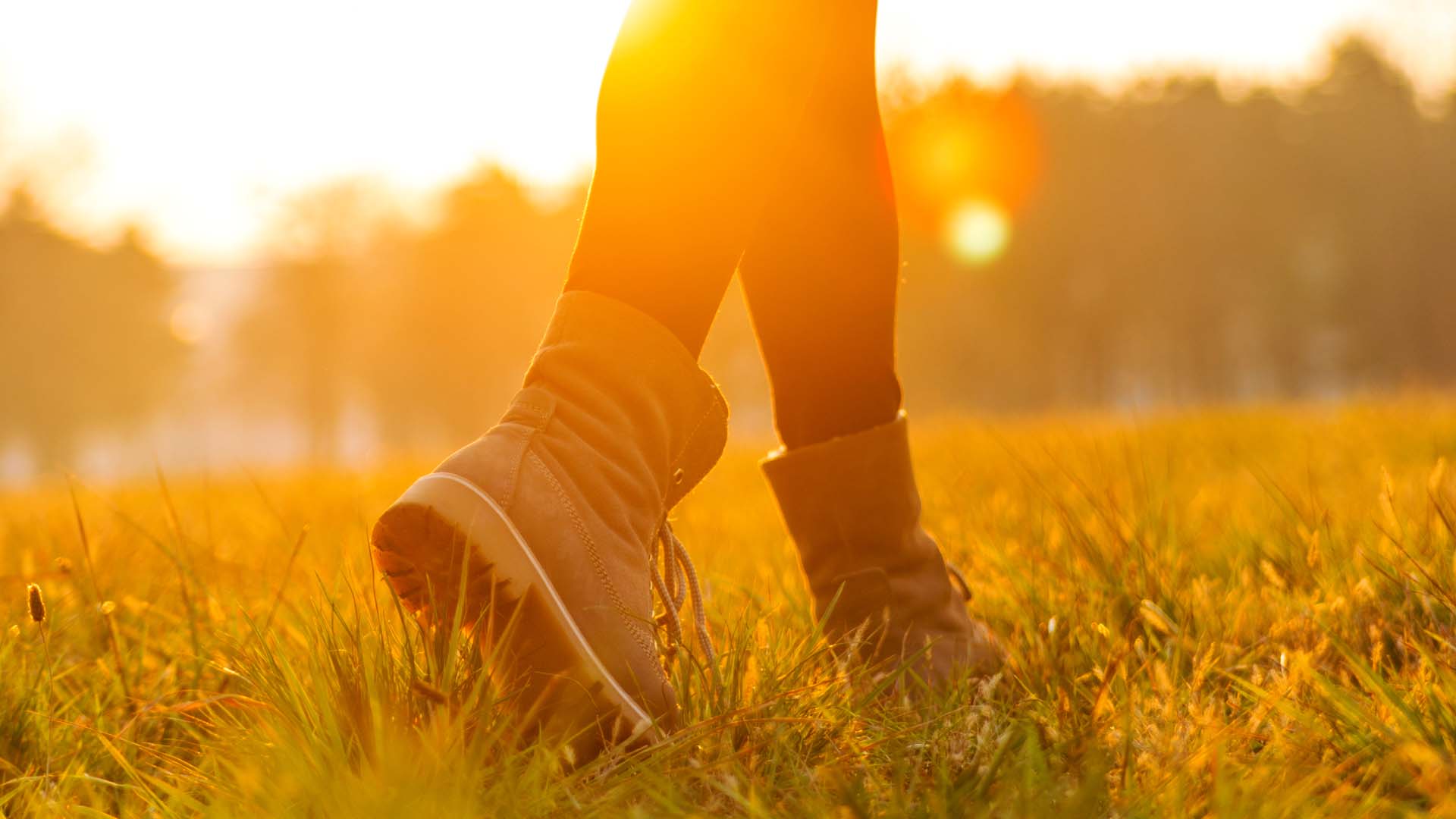
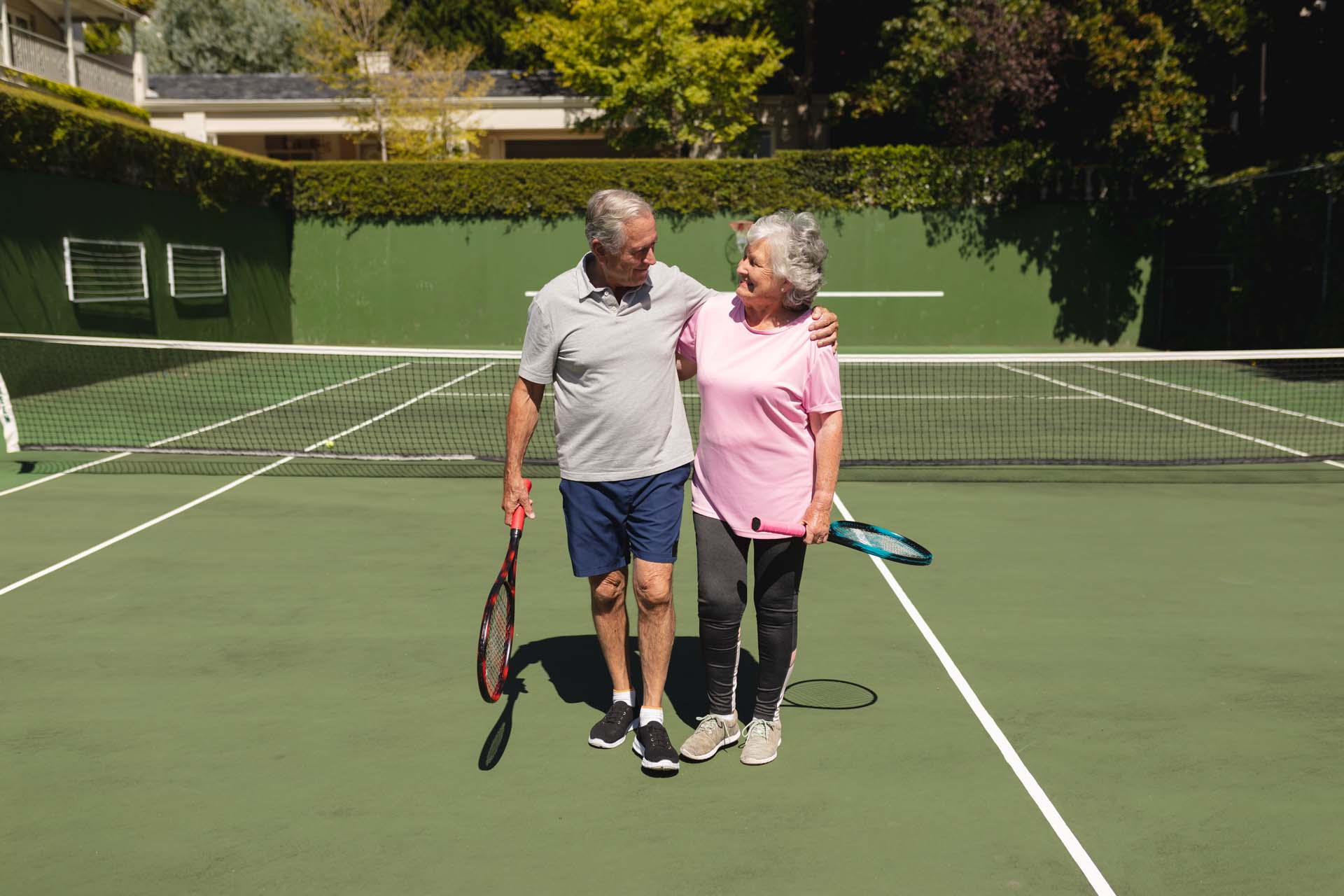
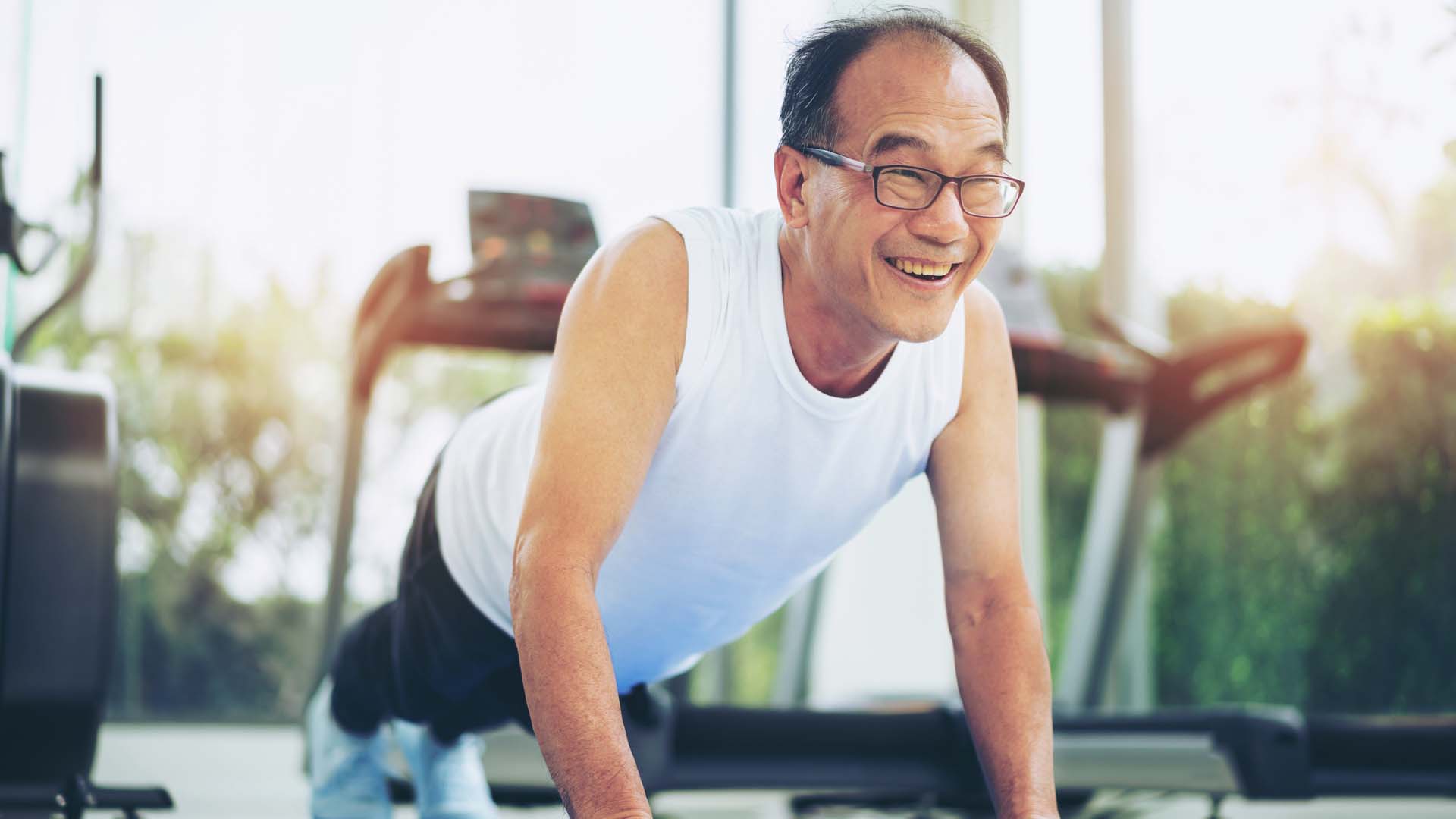
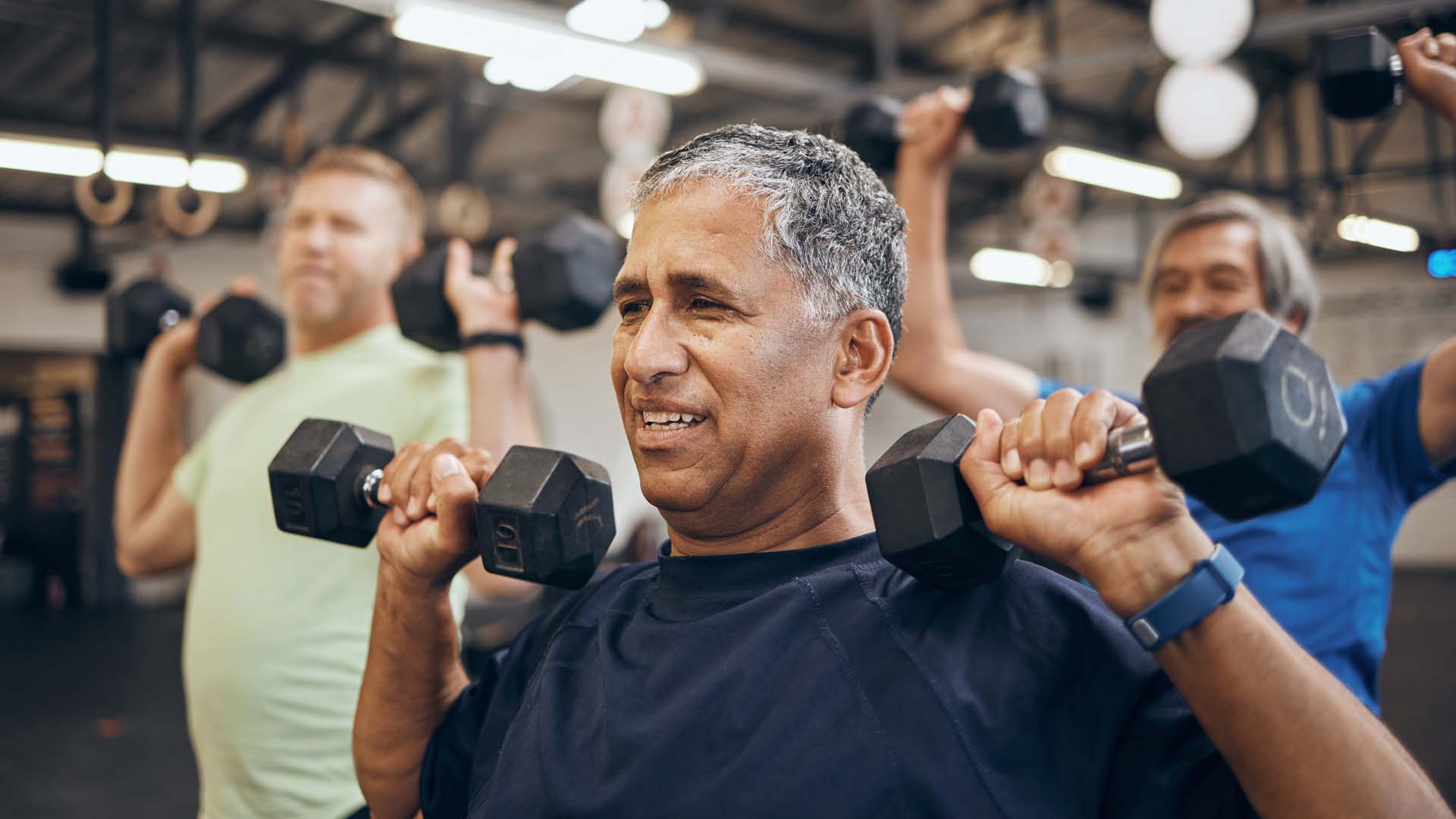
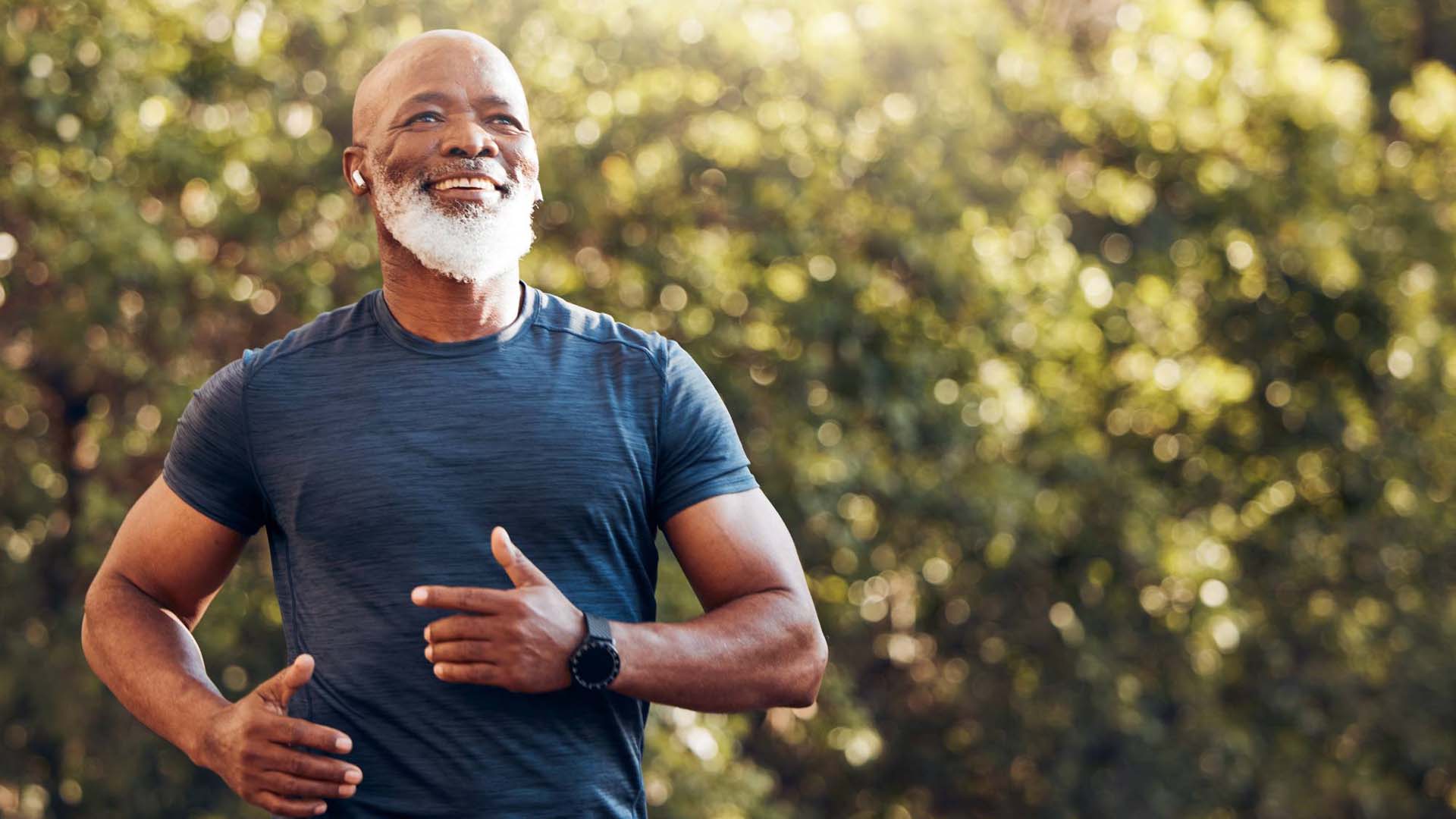
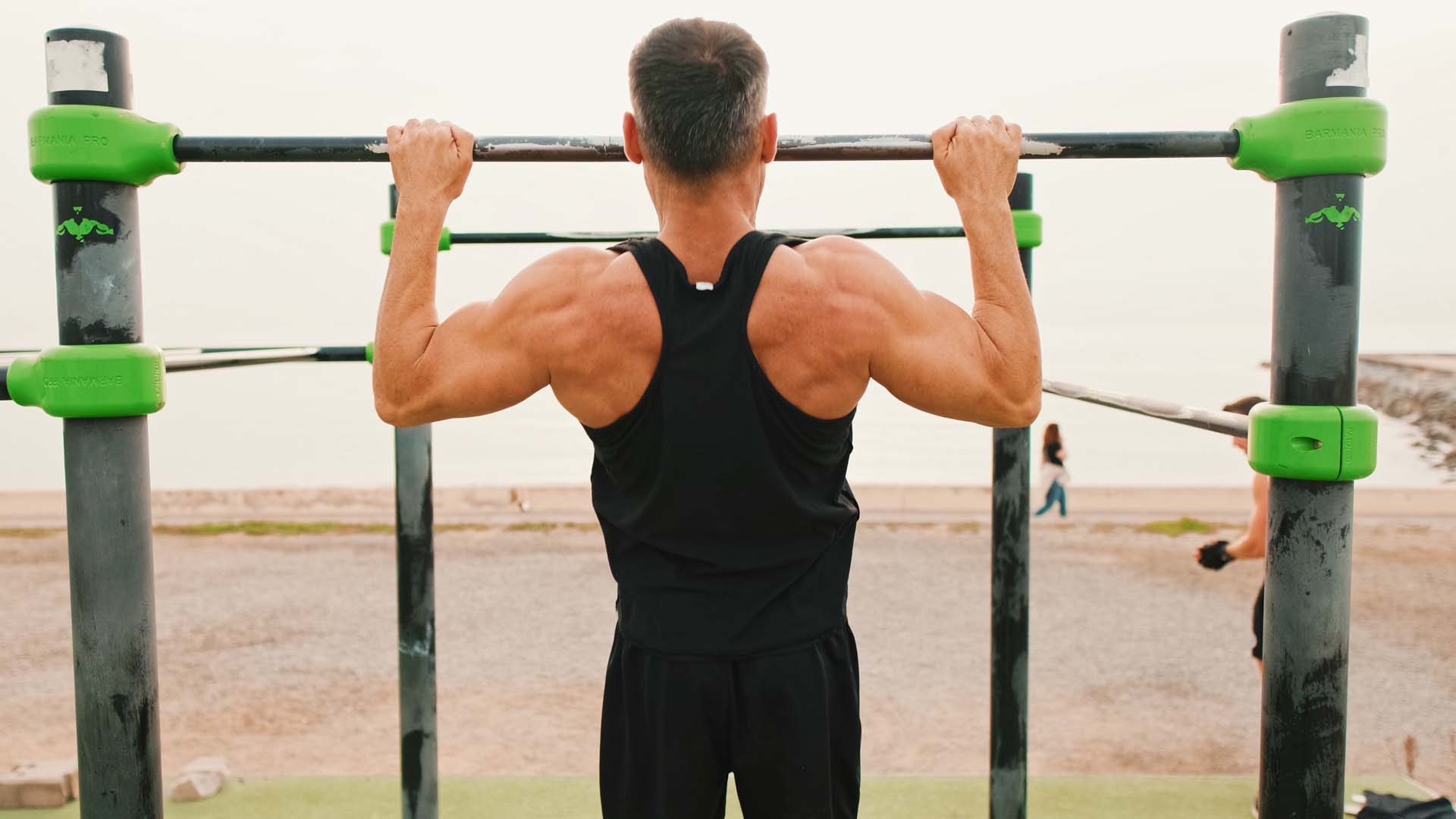
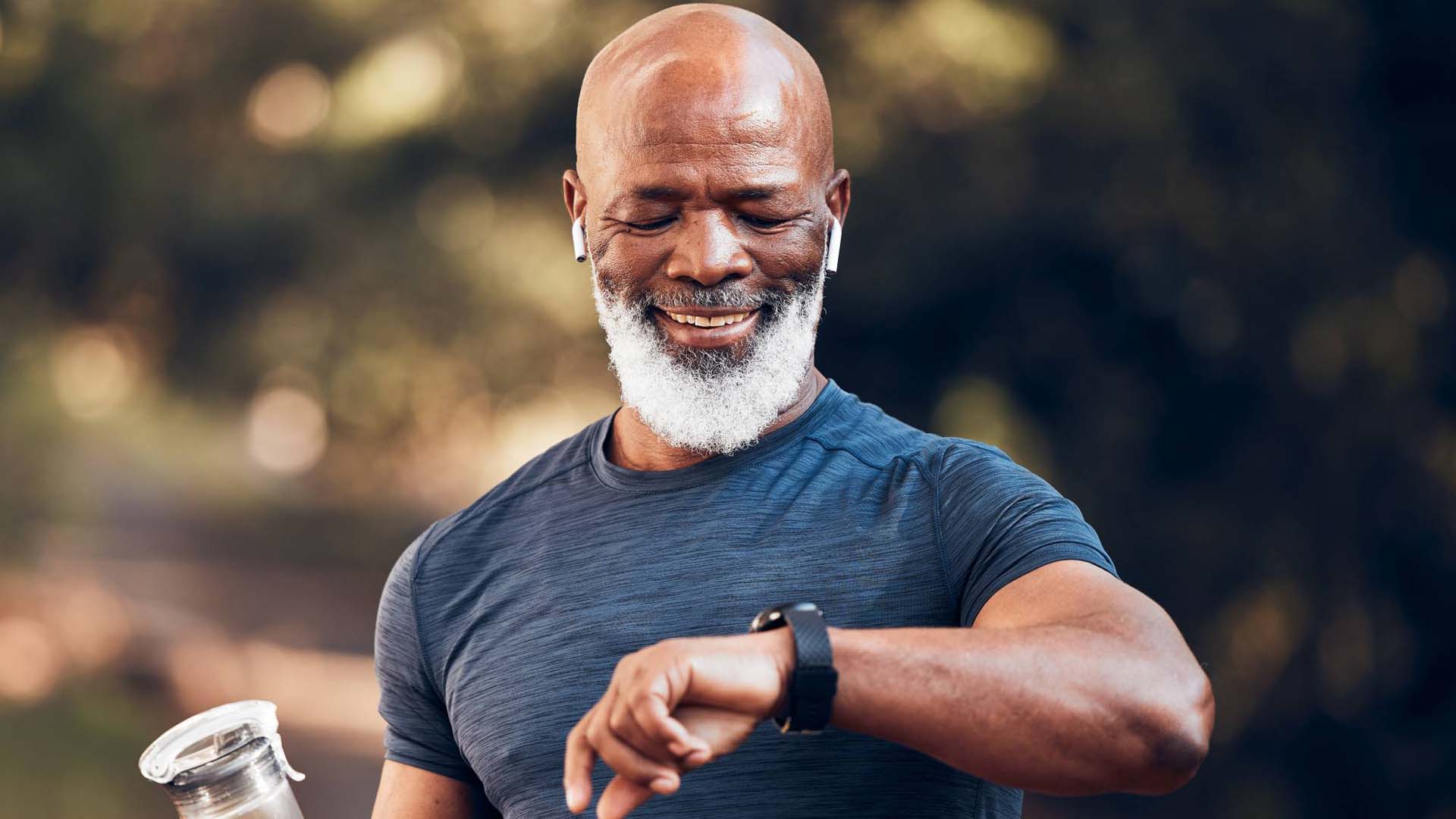
Your questions answered about what really is a good 5k time.